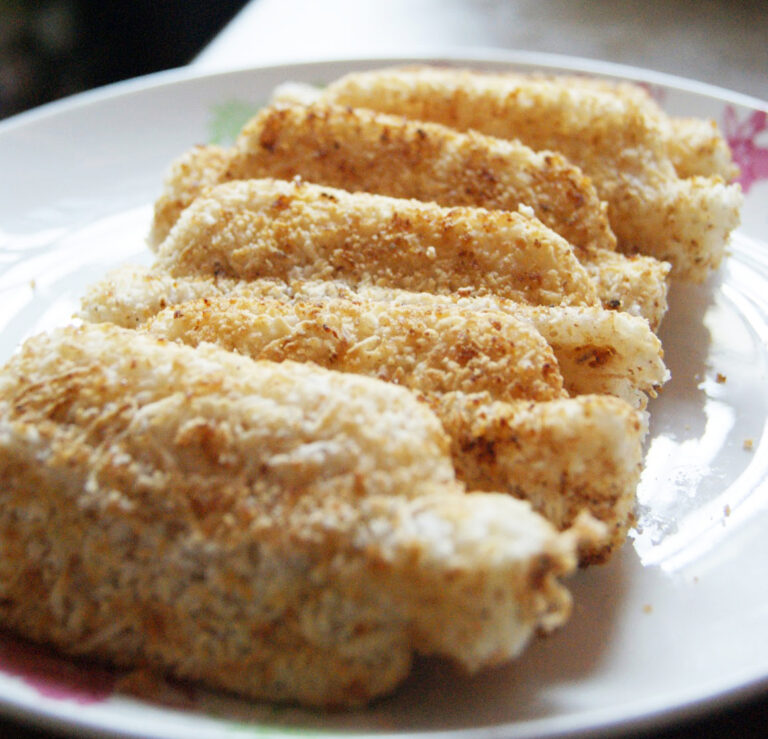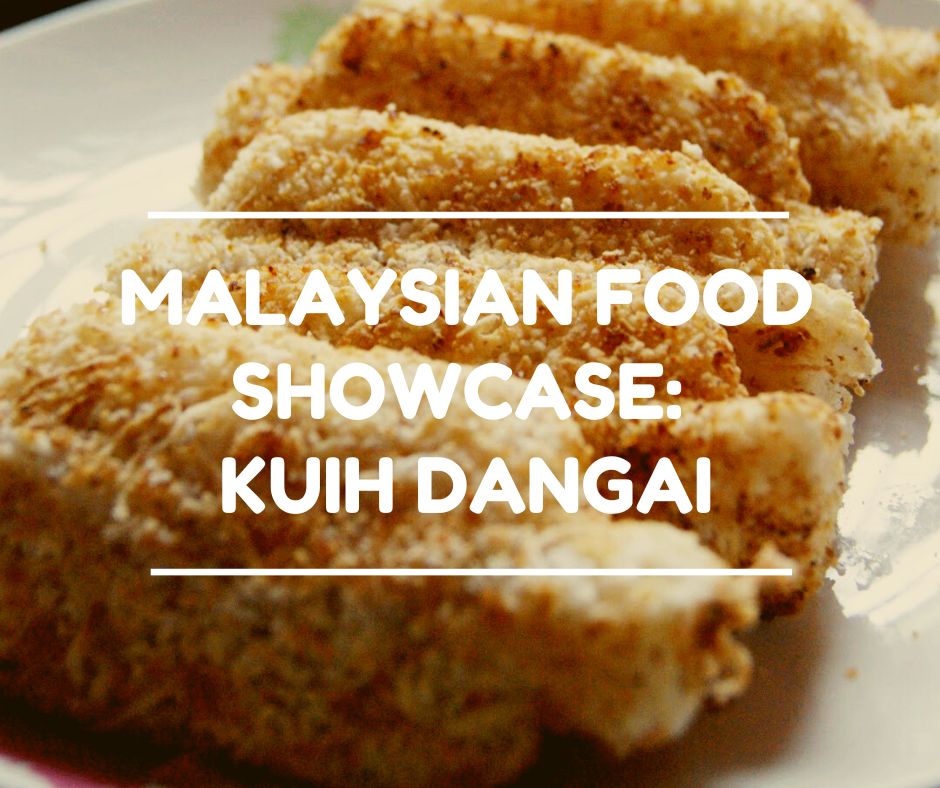Kuih Dangai: The Beloved Coconut Kuih of Perlis
Kuih Dangai (or known as Kuih Rangin) is a beloved kuih of the northern states of Peninsular Malaysia, especially popular in Perlis. It is a nostalgic treat that has stood the test of time, crafted from simple core components include glutinous rice flour, grated coconut, sugar, and a touch of salt.
These humble elements are brought together, through the ingeniously use of grated coconut as the foundation of the kuih’s taste and texture. Meanwhile, glutinous rice flour creates a unique and chewy consistency that is both delightful and satisfying. Kuih Dangai’s mixture is delicately baked using a distinctive traditional mould, imparting the kuih with its distinct form. As the kuih is baked, the scent of toasted coconut infuses it with an irresistible aroma, elevating its appeal to another level.
While traditional methods of preparation hold a special place in the hearts of many, modern convenience has led to some adaptations. In the contemporary kitchen, the use of the traditional mould and wood fire may have waned. Instead, baking tins in conventional ovens or even sandwich machines have taken their place, saving time without entirely sacrificing the soul of the dish.
Beyond its traditional form, Kuih Dangai has also experienced innovative variations. A unique rendition called Kuih Dangai Kukus Gula Melaka involves shaping the kuih into tiny bowls, each with a pinch of aromatic palm sugar nestled in the cavity. These charming kuih bowls are then steamed to perfection. This creative twist showcases the adaptability of Kuih Dangai while staying true to its soulful origins.
For Kuih Dangai lovers, the kuih is not only beloved for its delectable taste but also for its flexibility. This culinary masterpiece can be enjoyed on various occasions, from laid-back afternoon snacks to companion pieces to a comforting cup of hot beverage.
In a world that’s rapidly evolving, Kuih Dangai stands as a reminder of the cherished recipes that have been passed down through generations. While once prevalent, it’s now becoming increasingly rare to encounter this treat, especially outside of its native region. Nevertheless, its allure persists, offering a glimpse into the history and culinary heritage of Perlis and the northern states.





